Number of Wingstop Locations in the United States of America
There are 2,322 Wingstop locations in the United States of America as of November 17, 2025. The state or territory with the most Wingstop locations is Texas, with 465 sites, accounting for roughly 20.0% of the total.
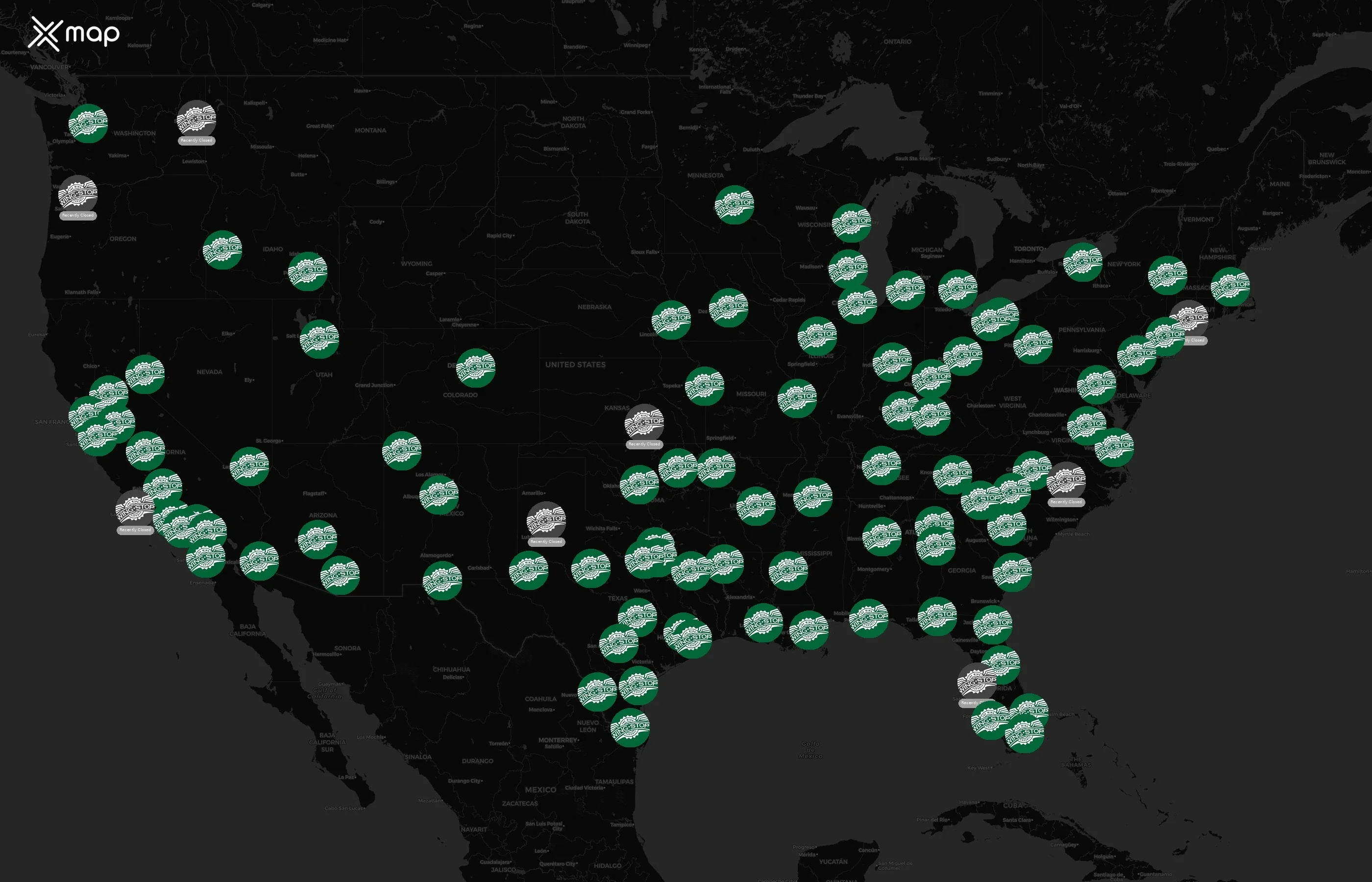
How many Wingstop are there in the United States of America?
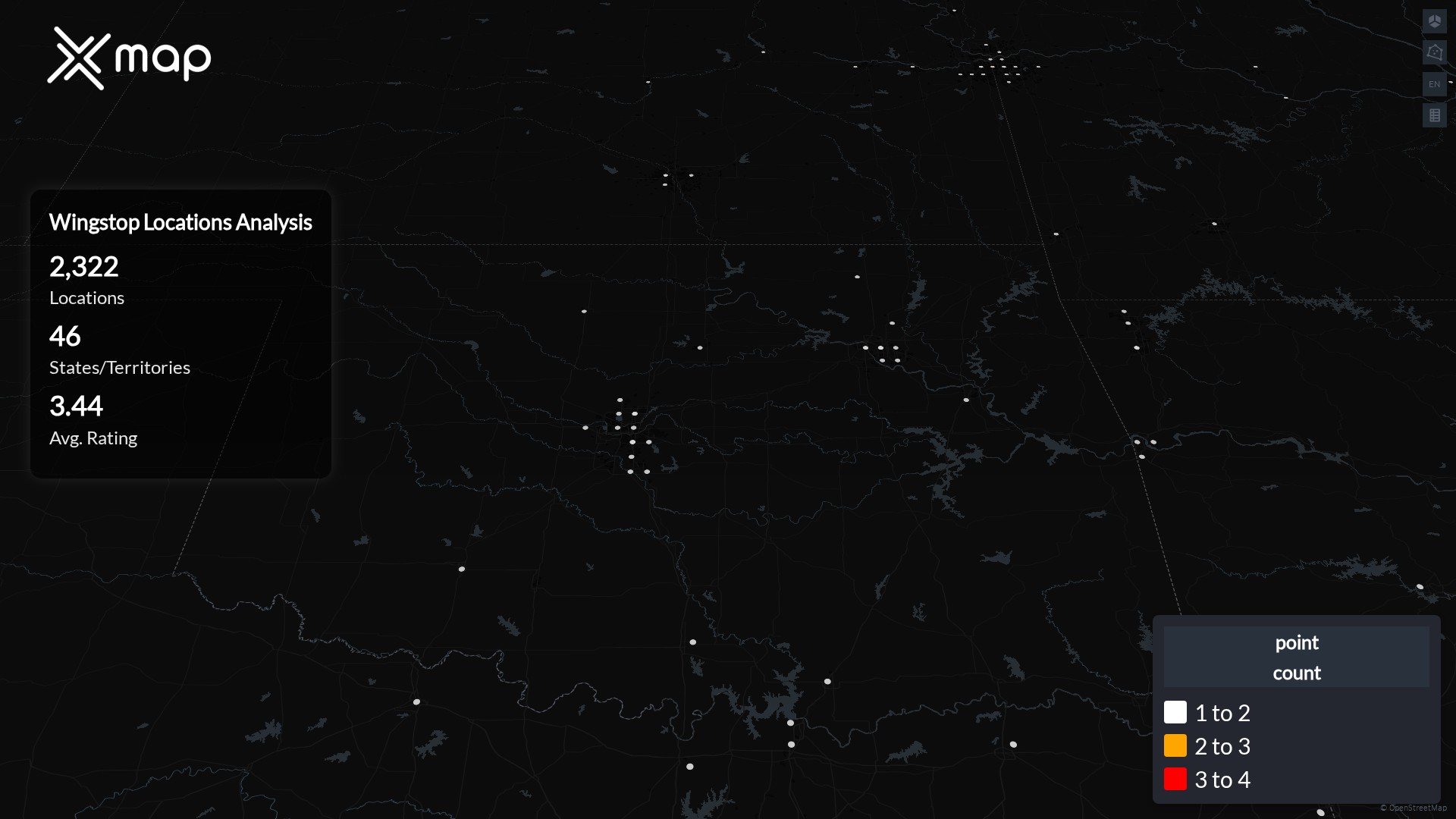
2,322
2,322
2,322
2,322
0
Distribution of Wingstop Locations Across United States of America by State
Wingstop operates 2,322 United States of America locations across 46 states. Largest clusters are in Texas, California, and Florida; the top 10 states contain 67.0% of sites. Coverage is thinner in District of Columbia, West Virginia, and Wyoming.
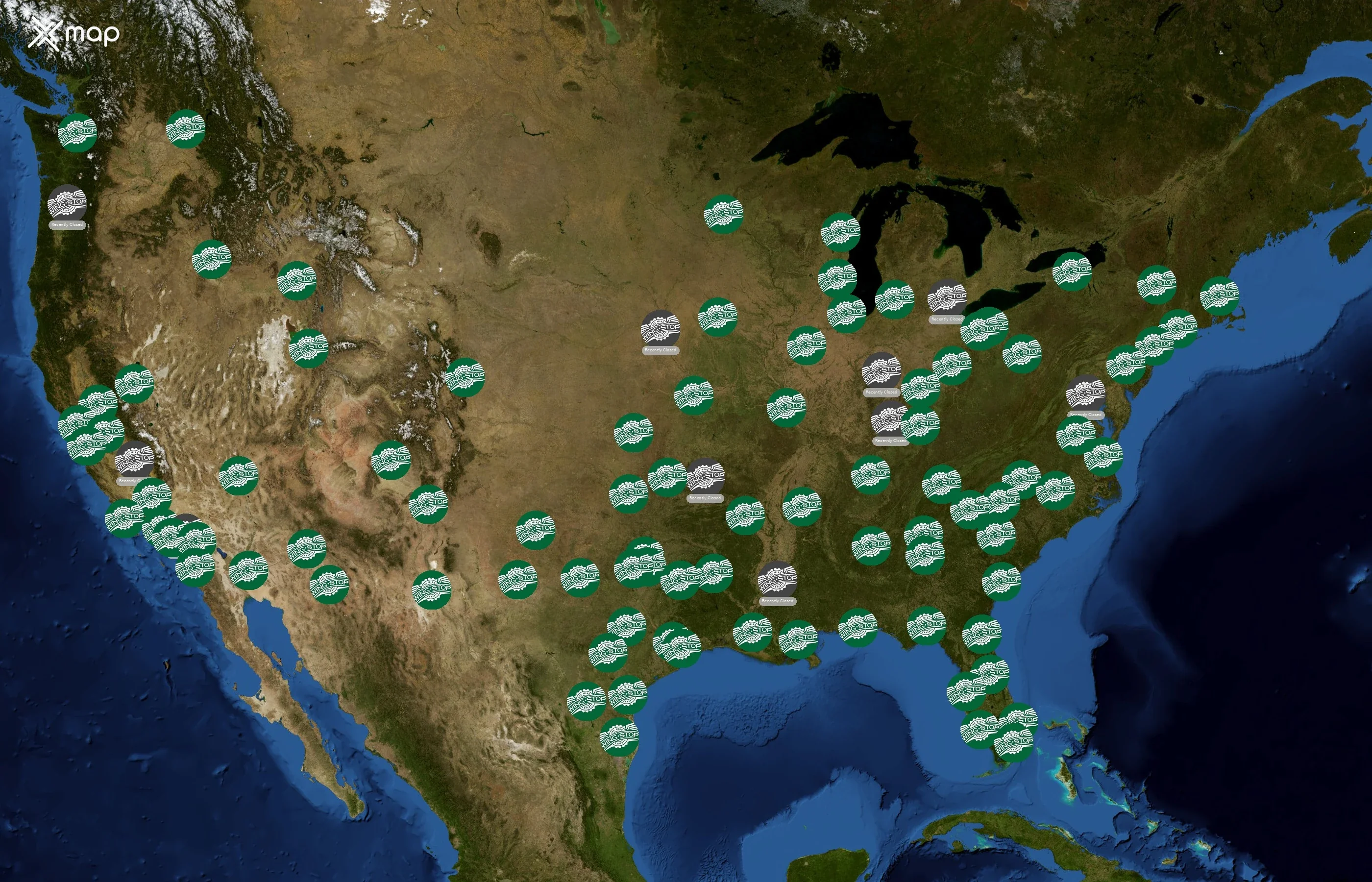
Top 10 States with the most number of Wingstop locations in United States of America
Wingstop shows strong visitor engagement: 1187 locations are above the mean traffic score (mean: 52.45) and 381 qualify as highly visited.
Wingstop has 2,322 locations across the United States, with Texas leading at 465 locations, representing 20% of the total and offering the best access with one location per 62,889 people. California and Florida follow with 424 (18.3%) and 151 (6.5%) locations, respectively. The top three states account for 44.8% of all locations, while the top ten states cover 67%. West Virginia, Massachusetts, and Hawaii have the fewest locations relative to population, indicating more stretched access.
Wingstop per capita insights
- States (Texas, Nevada, California) enjoy the best per capita access to Wingstop.
- States like Florida, Ohio, New York, Georgia, North Carolina, despite their large number of locations, are under-served on a per-person basis, signaling potential demand for suburban expansion.
- Several states strike a balance between population growth and Wingstop density, making them hotspots for sustained competition.
Cities With the Most Wingstop Locations in the United States of America
Locations concentrate around major metros such as Los Angeles, Harris, Cook, Dallas, and Maricopa. The top 10 cities account for 23.6% of U.S. sites.
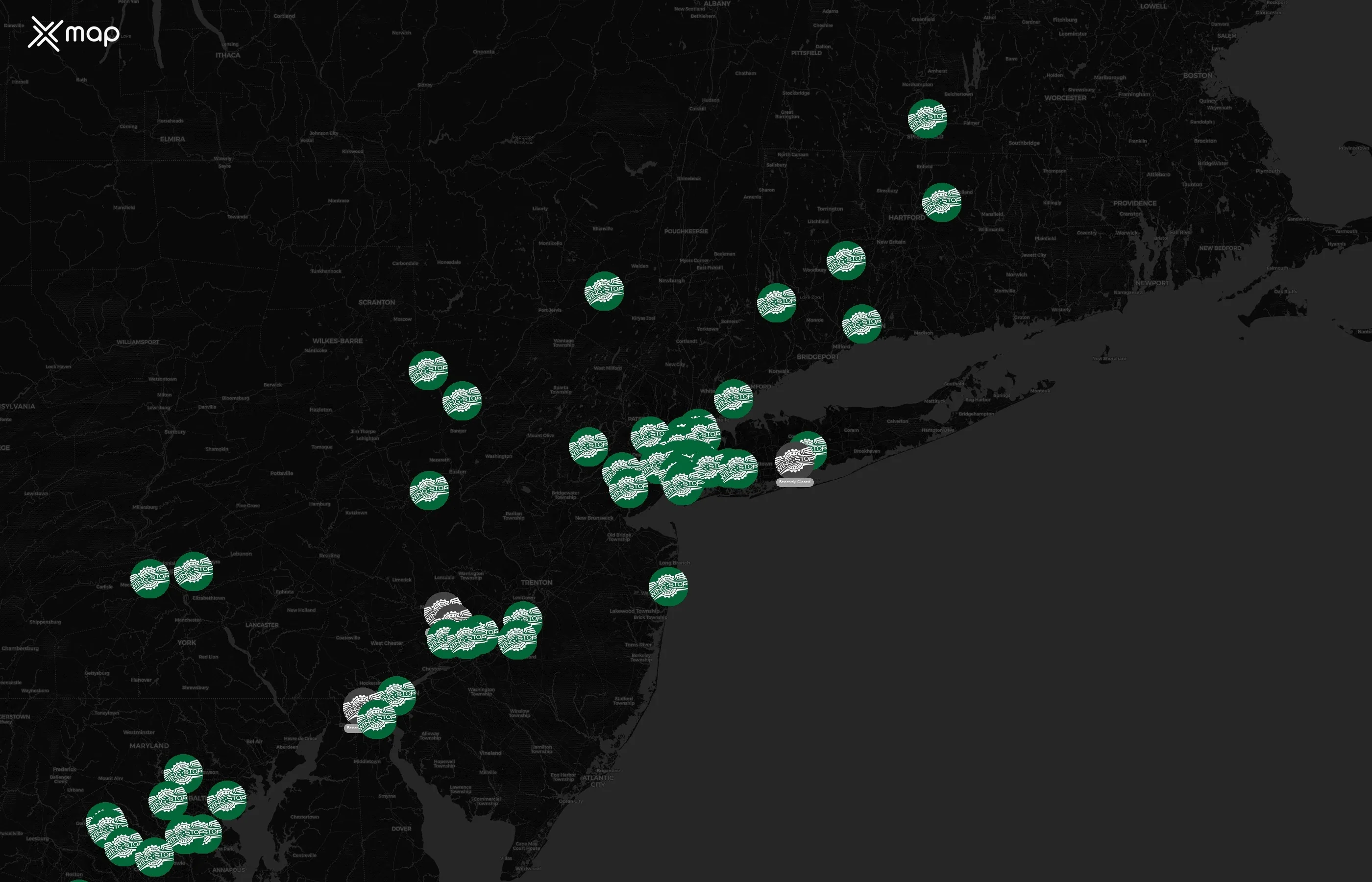
Top 10 Cities Ranked by Location Count
Wingstop has a total of 2,322 locations in the United States, with the top 10 cities accounting for 23.6% of all locations. Los Angeles, California leads with 117 locations, followed by Harris, Texas with 78 and Cook, Illinois with 71. Texas cities collectively hold a strong presence, including Dallas (50), Tarrant (45), and Bexar (31).
Street-level hotspots (busiest streets with multiple Wingstop)
Street-level clusters show corridors where multiple Wingstop locations sit within the same neighborhood indicating strong local presence and coherence. Wingstop operates a total of 2322 nationwide.
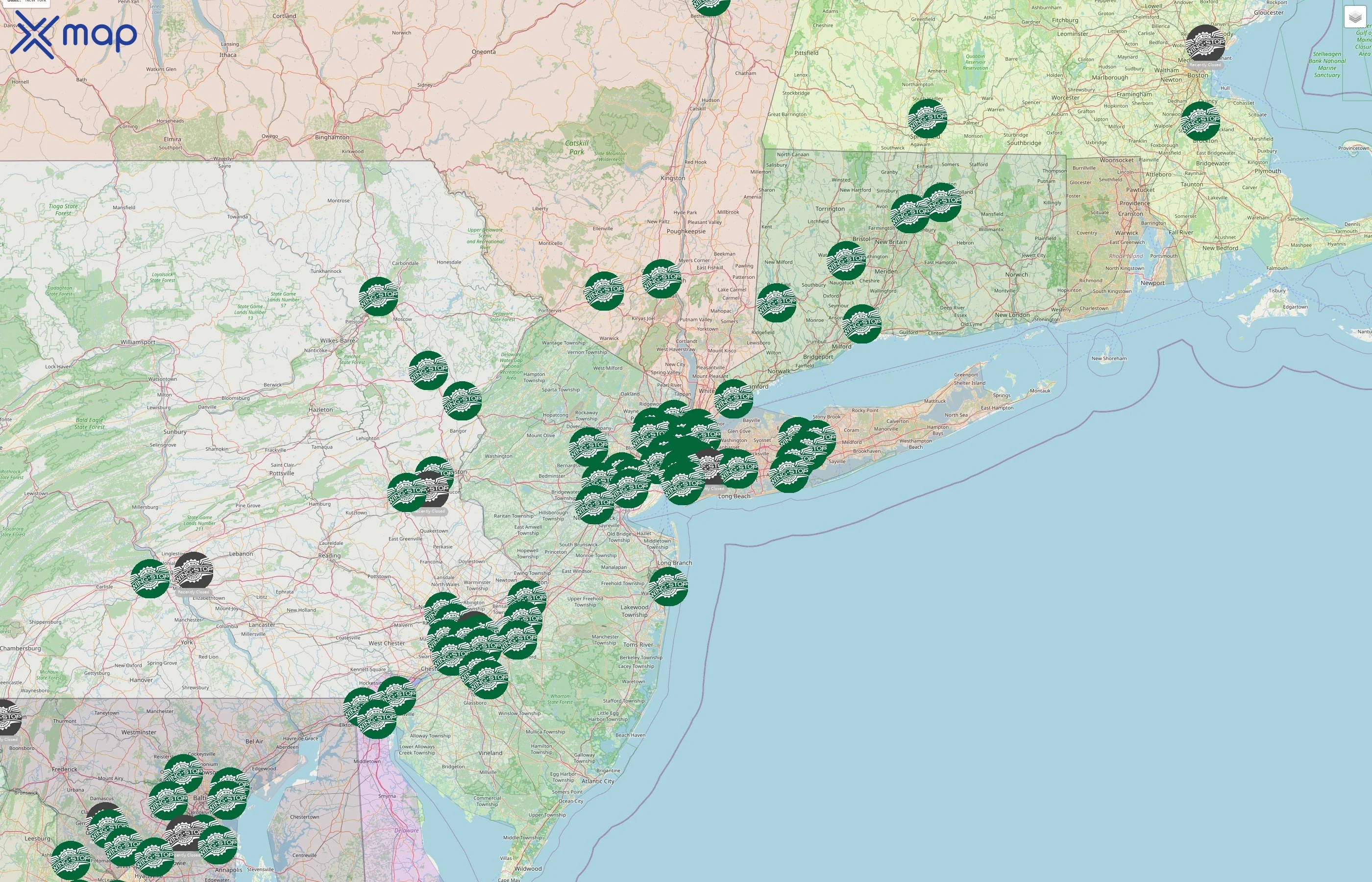
Download Wingstop Outlets Points of Interest Data
The complete dataset of Wingstop locations across the United States of America is available for download, including coordinates, traffic patterns, and operational status.

Key Variables for Wingstop Points of Interests
Wingstop has 2322 locations across the United States of America. The key variables shows the most infleuntial aspects for Wingstop locations nationwide. This provides a closer look of how Wingstop is operating from different prespectives.
Average Area Covered Per Wingstop Locations (By State)
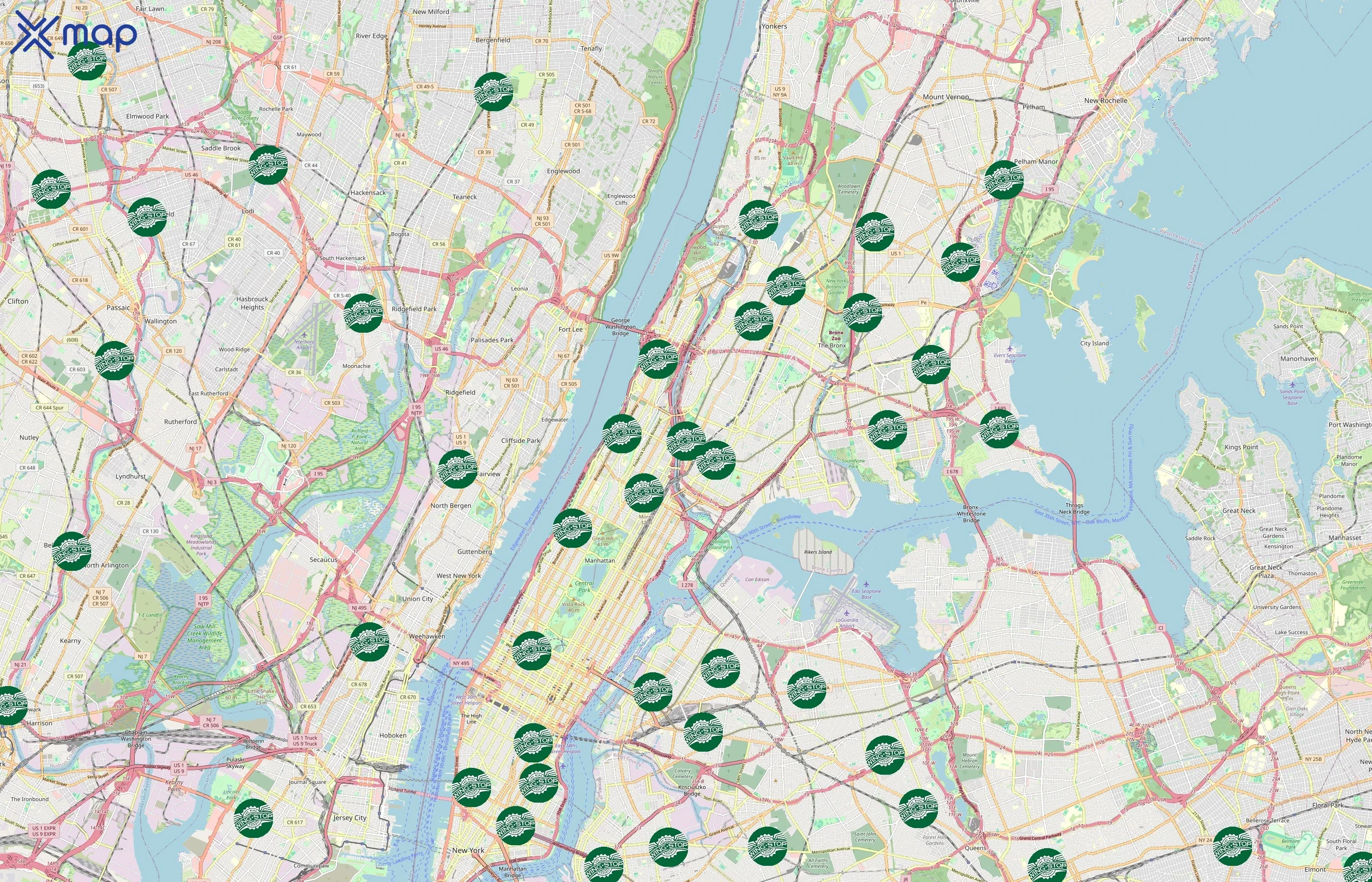
Wingstop has the highest number of locations in Texas, which is also the largest state by land area at approximately 695,668 km² with 465 locations. California follows with 424 locations across 423,965 km². Ohio is the smallest state by land area among the top states listed, covering about 116,098 km² and hosting 76 Wingstop locations. Other notable states include Florida with 151 locations and Illinois with 126 locations.
Business Status of Wingstop Locations (Open vs Closed)
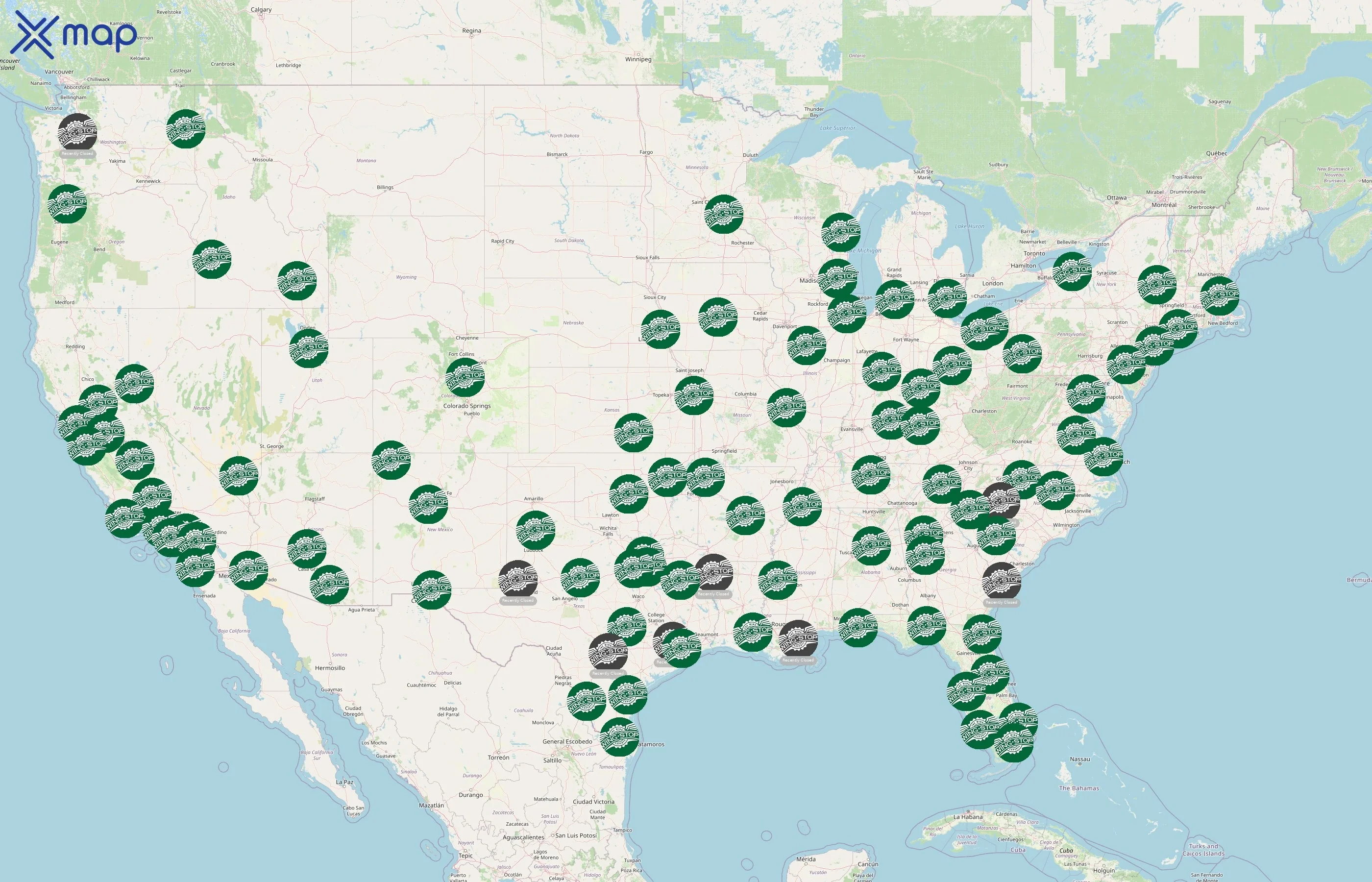
Wingstop has 100% of its locations open across the top ten states in the United States. Texas leads with 465 open stores, followed by California with 424 and Florida with 151. Each state listed, including Illinois, Ohio, and New York, reports zero closures, maintaining full operational status. The smallest count among these states is Colorado with 50 open locations.
Traffic Data for Wingstop Locations (By State)
This view compares activity near Wingstop locations across states. Using traffic scores observed around 2,322 sites, it highlights the busiest markets, states with a high share of above-average locations, and areas where activity is comparatively light. Use it to benchmark performance, prioritize field operations, and spot expansion or optimization opportunities.

What Wingstop locations are busy in top 10 states?
Wingstop's busiest locations in the United States are most numerous in Texas, with 116 busy sites representing 24.9% of its 465 total locations there. California has a slightly higher busy percentage at 25.5%, with 108 busy locations out of 424. Arizona leads in busy location share at 27.6%, despite having only 16 busy sites among 58 total. Other states like Illinois, Ohio, and Florida show busy location percentages close to 25%.
Customer Reviews and Ratings of Wingstop Locations
This section summarizes customer sentiment toward Wingstop. Using ratings and review totals from 2,322 locations, we highlight where scores are consistently high and where feedback volume is greatest. Average star ratings reflect perceived quality, while total reviews indicate engagement and reach across the network.

Average Ratings
Wingstop's highest average rating in the United States is in Illinois at 3.8, followed by Texas with 3.6 and California at 3.5. Texas leads in review volume with 224,179 reviews, more than double California's 123,676. Florida and Illinois also rank in both top average ratings and review counts, while Georgia appears among the top states by reviews but not by average rating.
Number of Reviews
Wingstop's highest average rating is in Illinois at 3.8, followed by Texas with 3.6. Texas leads in total reviews with 224,179, more than double California's 123,676 reviews. Florida and Illinois also contribute significant review counts, with 57,791 and 47,419 respectively.
Wingstop Locations With Verified Contact Information

Contact Information
Wingstop has full phone coverage across its locations in the United States, with 100% of stores in each listed state having a phone number. Texas leads with 465 locations, followed by California with 424 and Florida with 151. Other states like Illinois, Ohio, and New York have between 74 and 126 stores, all fully covered by phone.
Use cases for Wingstop Points of Interests Data
Market Analysis
Wingstop POI data enables clear measurement of footprint and demand. Analysts can rank states and cities by location count, compare coverage on a per-capita basis, and use traffic scores and review volumes to spot high-performing markets and under-served pockets. The result is an objective view of saturation, growth opportunities, and performance outliers.
Site Selection
For network planning, the data supports scoring candidate trade areas using location density, population per location, and nearby traffic intensity. Teams can evaluate cannibalization risk via nearest-store distance, surface whitespace along key corridors, and prioritize sites near retail anchors, campuses, or transit where observed activity is strongest.
Urban Planning
Planners can map clusters and service gaps to understand commercial access at the neighborhood level. Per-capita coverage highlights communities with limited access, while changes in openings or closures signal shifts in activity. These insights inform corridor revitalization, streetscape and transit planning, and data-driven zoning decisions.
How this xMap's POI data can help businesses?
- Accuracy and Precision: xMap data offers high-accuracy data, which minimizes the chances of wrong decisions based on flawed information.
- Complete Data: With xMap, businesses have access to comprehensive and complete data, effectively filling any knowledge gaps and providing a well-rounded view for decision making.
- Up-to-Date Information: xMap ensures that the data provided is regularly updated, which allows businesses to make dynamic, timely decisions in tune with current trends and situations.
- Scalability: xMap data allows businesses to scale their operations efficiently, by providing insights that cater to varying business sizes and requirements.
- Analytical Power: Utilizing xMap data's analytics can help identify patterns and trends, thus enhancing strategic planning and foresight for businesses.


